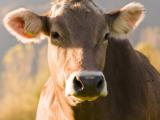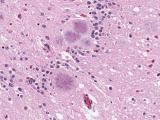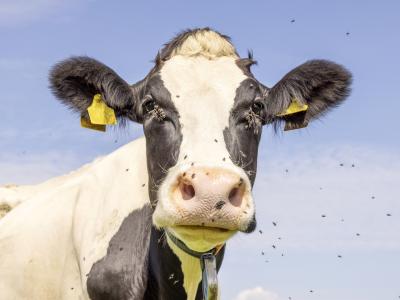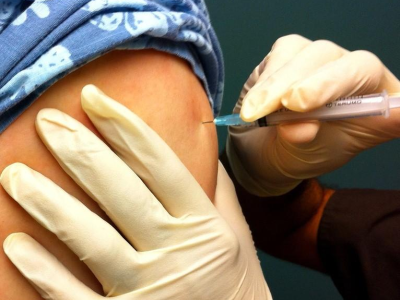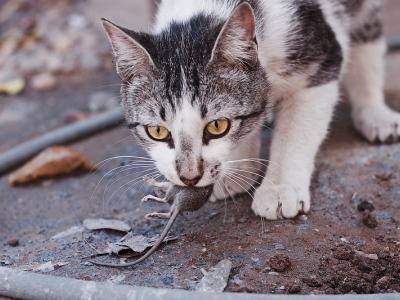Nov 18, 2004 (CIDRAP News) – The US Department of Agriculture (USDA) said today it is running confirmatory tests on a possible new case of bovine spongiform encephalopathy (BSE), or mad cow disease.
Two rapid screening tests on a cow were inconclusive, prompting the USDA to begin confirmatory tests, which will take 4 to 7 days, officials said in a statement. The carcass was kept out of the food and animal feed chains, the agency said. It did not reveal where the cow came from or where it was initially tested.
If the case is confirmed, it would be the nation's second. The first case, detected last December in a cow in Washington state, prompted dozens of countries to stop importing US beef. The Bush administration recently announced a tentative agreement with Japan on conditions for reopening the Japanese market to American beef.
The first BSE case spurred the USDA to expand its BSE surveillance program starting in June. The new possible case was one of the high-risk animals targeted in the surveillance program, said Andrea Morgan, associate deputy administrator for veterinary services in the USDA's Animal and Plant Health Inspection Service. She spoke at a morning news conference, a transcript of which was published online.
In late June the USDA reported inconclusive results on single BSE screening tests on two different cows. Further testing ruled out the disease in both cases, but the initial test results shook the beef industry. As a result, in August the USDA set a policy whereby it will make no announcement until two BSE screening tests on the same animal are inconclusive.
Morgan said today that after one test was inconclusive, "We allowed the submitting laboratory to rerun the test, and they got yet another indication on the rerun of an inconclusive." The result was reported early this morning, she said.
"The inconclusive result does not mean we have found another case of BSE in this country," Morgan stated. "Inconclusive results are a normal component of screening tests, which are designed to be extremely sensitive so that they will detect any samples that could possibly be positive."
Tissue samples from the cow have been sent to the USDA's National Veterinary Services Laboratories in Ames, Iowa, for confirmatory tests, Morgan said. "If the test comes back positive for BSE we will then be providing additional information about the animal and its origin," she stated.
Morgan said the USDA "remains confident in the safety of the US beef supply." After the first BSE case was found, the agency banned nonambulatory ("downer") cattle and high-risk cattle tissues, called specified-risk materials (SRMs), from the human food chain. SRMs include the skull, brain, spinal cord, vertebral column, and certain nerve bundles from cattle older than 30 months, plus the tonsils and small intestine of cattle of all ages. Morgan said the SRM ban would protect the public if another BSE case is confirmed.
The USDA says it has tested more than 113,000 cattle since June 1 in its expanded BSE surveillance program. The program mainly targets animals considered to be at increased risk for BSE, including those that can't walk, die on farms, are injured, or show signs of neurologic disease. Up to 12 labs around the country have been authorized to conduct the rapid BSE screening tests.
See also:
USDA news release on inconclusive test
Aug 9 CIDRAP News story on USDA policy on reporting BSE test results
http://www.cidrap.umn.edu/cidrap/content/other/bse/news/august0904bse.html



